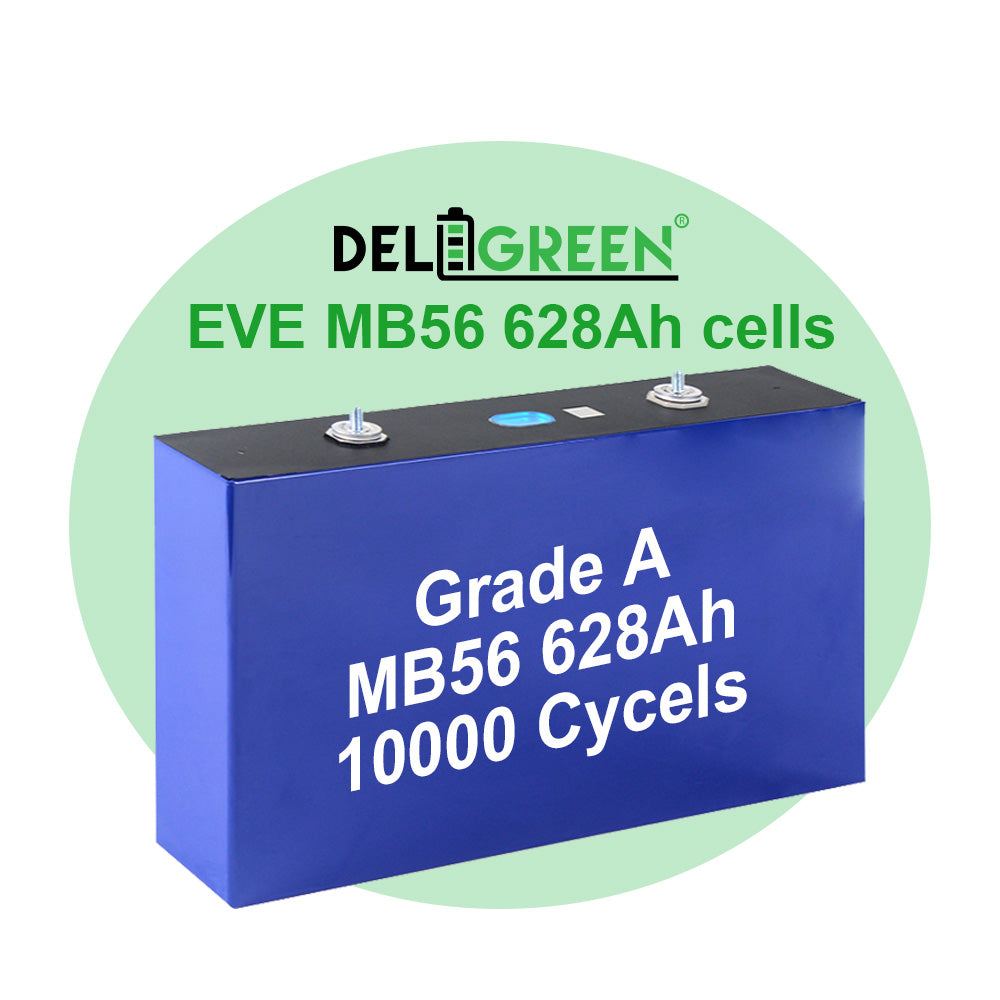
Energy Storage丨587Ah VS 684Ah: Which Next-Generation Cell Will Survive?
In today’s rapidly growing energy storage industry, cell technology iteration is heading toward a peak showdown. The rivalry between the 587Ah and 684Ah camps is like the duel of Ye Gucheng and Ximen Chuixue atop the Forbidden City—blades flashing, outcome uncertain. This contest is not just about capacity figures; it is a full-scale battle over technology routes, dimensional adaptation, and market strategy. So, who will reign supreme in the next generation of energy storage cells?
01 The Battle of Capacity:
Does bigger capacity mean the optimal solution?
Boosting cell capacity has always been a core pursuit of the industry. Higher single-cell efficiency means fewer parallel connections, lower system complexity, and greater energy density. Today, the 587Ah and 684Ah camps each hold their ground:
-
The 587Ah camp argues that capacity upgrades must balance safety and cycle life. Excessive single-cell capacity increases the risk of thermal runaway and raises demands on material systems and manufacturing processes. Led by cell makers, 587Ah is more feasible for large-scale mass production under current technology, offering a balance of performance and cost.
-
The 684Ah camp insists that “bigger capacity is the future.” They argue that the industry’s relentless pursuit of lower LCOE (levelized cost of energy) will inevitably push single-cell capacity upward. Backed by integrators, 684Ah cells adopt improved electrode materials and structural design to enhance efficiency, heat management, and safety.
Key Point: The essence of the capacity battle is a trade-off between LCOE and safety margin. If 684Ah achieves scale and cost breakthroughs, it may take the lead; if not, 587Ah could win with stability.
02 The Battle of Process:
Stacking vs. Winding?
The core of cell manufacturing—stacking and winding—directly shapes performance and cost.
-
Stacking process: Adopted by 684Ah, it suits large-capacity cells thanks to lower internal resistance and better heat dissipation, enabling higher energy density. However, stacking requires costly line changes, and its yield may be lower than winding, raising costs.
-
Winding process: Mature, efficient, and widely used in 587Ah cells. But mechanical stress at winding edges may shorten cycle life, especially in ultra-large capacities.
Key Point: For 684Ah to win, it must scale stacking while driving costs down. For 587Ah, the challenge is breaking the “ceiling” of winding and pushing capacity higher. In the long run, if electrochemical storage remains mainstream, stacking will likely dominate—since winding has inherent size limits.
03 The Battle of Dimensions:
Standardization vs. Customization
Standardized cell dimensions are critical for cost reduction. Dimensions are also the most visible marker of a standardized product. Today, the two camps diverge:
-
587Ah cell: 73mm × 274mm × 218mm (a representative spec), following the lineage of the 73174 format (314Ah). It fits current storage system architectures, easing market adoption.
-
684Ah cell: 501mm × 175mm × 55mm, a spec shared by several manufacturers. Its structural innovation improves volumetric utilization but may face challenges fitting into standard containers.
Key Point: System integrators prefer plug-and-play solutions—587Ah has the edge in compatibility. But if 684Ah drives innovation at the system level, it could disrupt the landscape.
04 The Battle of Market:
Who will win customers and capital?
Ultimately, the market will decide.
-
Advantages of 587Ah:
-
Mature technology, low mass-production risk
-
Compatible with existing systems, easy customer adoption
-
Stronger short-term competitiveness
-
-
Potential of 684Ah:
-
Large capacity sharply reduces LCOS, ideal for grid-scale projects
-
If top-tier cell makers push it, it could quickly become the industry standard
-
Key Point: 2025–2026 will be the critical window. If 684Ah proves reliability and economics in demo projects, it could rapidly gain share. If not, 587Ah may solidify its mainstream position through stability.
05 No Absolute Winner—The Market Decides
The 587Ah vs. 684Ah rivalry is ultimately an exploration of the industry’s “optimal solution.” In the near term, both paths may coexist. In the long term, the winning technology will be the one that balances safety, cost, and performance.
This duel atop the “Forbidden City” may have no absolute victor, but it is certain to push energy storage cell technology to new heights.
Would you like me to make the English version more business-report style (concise, professional tone for investors) or more media-style (storytelling and dramatic, like your Chinese original)?
